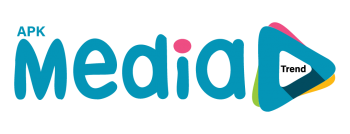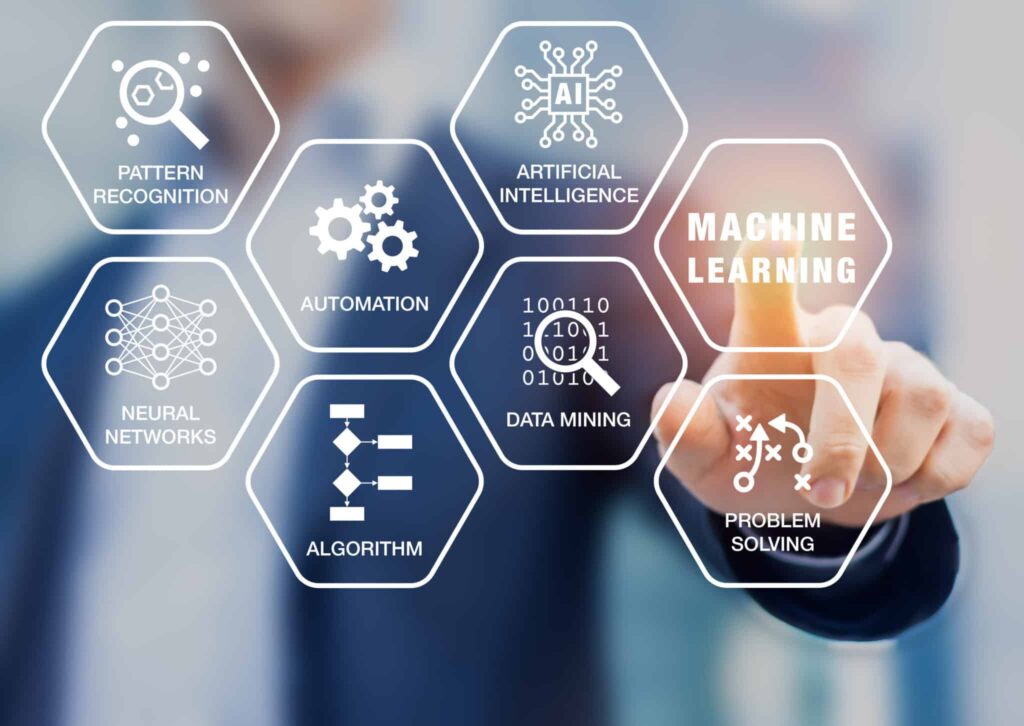In an increasingly complex and fast-paced regulatory environment, businesses across industries are facing unprecedented challenges in staying compliant. Regulatory changes are frequent and can be difficult to track, interpret, and implement, especially for organizations operating across multiple jurisdictions. Non-compliance can lead to severe penalties, reputational damage, and operational disruptions. To navigate this ever-changing landscape, companies are turning to ai-powered solutions that offer a more efficient, accurate, and proactive approach to regulatory compliance. This blog post explores how ai-powered solutions can help businesses navigate regulatory changes, with a focus on benefits that are often overlooked in standard discussions.
The challenge of regulatory compliance
Regulatory compliance is a critical concern for businesses, particularly in highly regulated industries such as finance, healthcare, and pharmaceuticals. Keeping up with changes in laws, regulations, and industry standards requires significant resources and expertise. Manual processes for monitoring and implementing regulatory changes are time-consuming and prone to errors, increasing the risk of non-compliance.
The growing complexity of regulations
The volume and complexity of regulations have increased dramatically in recent years. According to thomson reuters, the number of regulatory updates that businesses must track has grown by 500% over the past decade. This trend shows no signs of slowing down, with new regulations emerging in response to global challenges such as cybersecurity threats, data privacy concerns, and environmental sustainability.
Stat insight: a study by deloitte found that 87% of compliance professionals expect the complexity of regulations to increase further in the coming years, underscoring the need for more advanced compliance tools.
The role of ai in navigating regulatory changes
Artificial intelligence (ai) is transforming the way businesses approach regulatory compliance. Ai-powered solutions can automate the monitoring, analysis, and implementation of regulatory changes, reducing the burden on compliance teams and minimizing the risk of non-compliance.
How ai-powered solutions work
Ai-powered compliance tools use machine learning algorithms to analyze vast amounts of regulatory data from multiple sources, including government websites, legal databases, and industry publications. These tools can identify relevant regulatory changes, assess their impact on the organization, and recommend appropriate actions. In some cases, ai systems can even automate the implementation of compliance measures, such as updating policies, generating reports, or notifying stakeholders.
Example: a financial institution might use an ai-powered solution to monitor changes in anti-money laundering (aml) regulations across different countries. The ai system can automatically update the institution’s compliance policies, flag transactions that require additional scrutiny, and generate reports for regulatory authorities.
Benefits of ai-powered solutions
1. Real-time monitoring and alerts
One of the most significant advantages of ai-powered solutions is their ability to provide real-time monitoring and alerts. Traditional methods of tracking regulatory changes often involve periodic reviews, which can result in delays in identifying and responding to new regulations. Ai systems continuously monitor regulatory developments, ensuring that businesses are informed of changes as soon as they occur.
This real-time capability allows organizations to respond more quickly to regulatory changes, reducing the risk of non-compliance and ensuring that they remain up to date with the latest requirements.
Stat insight: according to a report by pwc, organizations that implement ai-powered compliance tools reduce the time to identify and respond to regulatory changes by 40%, enabling them to stay ahead of evolving regulations.
2. Enhanced accuracy and risk mitigation
Manual processes for tracking and interpreting regulatory changes are prone to errors, particularly when dealing with complex or ambiguous regulations. Ai-powered solutions enhance accuracy by using natural language processing (nlp) and machine learning to interpret regulatory texts and extract relevant information. These systems can identify subtle changes in language, detect potential conflicts with existing policies, and assess the implications of new regulations.
By improving the accuracy of regulatory analysis, ai-powered solutions help organizations mitigate the risk of non-compliance, avoid penalties, and maintain their reputation.
Example: a pharmaceutical company might use ai to analyze new drug approval regulations across different regions. The ai system can identify specific requirements for each region, ensuring that the company complies with local regulations and avoids delays in product launches.
3. Proactive compliance management
Ai-powered solutions enable businesses to take a more proactive approach to compliance management. Rather than reacting to regulatory changes after they occur, ai systems can predict potential changes based on historical data, emerging trends, and geopolitical developments. This predictive capability allows organizations to prepare for regulatory changes in advance, ensuring that they have the necessary processes, policies, and resources in place.
Proactive compliance management not only reduces the risk of non-compliance but also gives businesses a competitive advantage by enabling them to adapt more quickly to new regulations.
Stat insight: a study by mckinsey found that organizations that adopt proactive compliance strategies, supported by ai, are 30% more likely to achieve long-term regulatory compliance compared to those that rely on reactive approaches.
4. Cost savings and operational efficiency
Implementing ai-powered compliance solutions can lead to significant cost savings by reducing the need for manual processes and minimizing the risk of costly penalties. Ai systems can automate repetitive tasks, such as generating reports, updating policies, and monitoring transactions, freeing up compliance teams to focus on more strategic activities.
In addition to cost savings, ai-powered solutions improve operational efficiency by streamlining compliance workflows, reducing the time and effort required to manage regulatory changes.
Example: a healthcare provider that uses ai to automate compliance with data privacy regulations, such as gdpr, can reduce the time spent on data audits, improve data protection practices, and avoid costly fines for non-compliance.
Stat insight: according to a report by gartner, organizations that implement ai-powered compliance solutions can achieve cost savings of up to 25% while improving overall compliance efficiency.
5. Improved data governance and reporting
Ai-powered solutions enhance data governance by ensuring that all regulatory changes are accurately reflected in an organization’s data management practices. These systems can automatically update data policies, enforce data protection measures, and generate compliance reports that meet regulatory requirements.
Improved data governance not only ensures compliance but also enhances the quality and integrity of the organization’s data, providing a solid foundation for decision-making and strategic planning.
Example: a financial services firm might use ai to manage compliance with data protection regulations, ensuring that customer data is securely stored, access is restricted to authorized personnel, and data breaches are promptly reported to regulatory authorities.
Stat insight: according to the international data corporation (idc), organizations that use ai-powered solutions for data governance report a 20% improvement in data quality and a 15% reduction in data-related compliance risks.
Overlooked benefits: facilitating collaboration and knowledge sharing
While the primary focus of ai-powered compliance solutions is on monitoring and managing regulatory changes, these systems also offer significant benefits in facilitating collaboration and knowledge sharing within organizations.
Collaborative compliance management
Ai-powered platforms can serve as a central hub for compliance activities, allowing teams across different departments and locations to collaborate on regulatory issues. These platforms can provide a shared workspace where compliance officers, legal teams, and business units can access the latest regulatory information, discuss potential impacts, and coordinate compliance efforts.
By fostering collaboration, ai-powered solutions ensure that all relevant stakeholders are involved in the compliance process, reducing the risk of oversight and ensuring a more cohesive approach to regulatory management.
Example: a multinational corporation might use an ai-powered compliance platform to coordinate efforts across its global offices, ensuring that all teams are aware of regulatory changes and are working together to implement necessary measures.
Knowledge sharing and continuous learning
Ai-powered solutions can also support continuous learning by providing compliance teams with access to the latest regulatory information, best practices, and industry insights. These systems can automatically curate relevant content, such as regulatory updates, legal analyses, and case studies, and present it to compliance professionals in a digestible format.
This knowledge-sharing capability helps compliance teams stay informed about emerging trends, refine their strategies, and develop a deeper understanding of the regulatory landscape.
Stat insight: according to a report by accenture, organizations that prioritize knowledge sharing in their compliance programs, supported by ai, see a 20% increase in team collaboration and a 15% improvement in regulatory awareness.
Conclusion
Navigating regulatory changes is a complex and ongoing challenge for businesses, but ai-powered solutions offer a powerful toolset to help organizations stay compliant in an increasingly dynamic environment. From real-time monitoring and enhanced accuracy to proactive compliance management and cost savings, ai-powered solutions provide a comprehensive approach to managing regulatory changes.
Beyond these well-known benefits, ai-powered solutions also facilitate collaboration and knowledge sharing, ensuring that compliance teams are well-informed and working together effectively. As regulatory requirements continue to evolve, organizations that embrace ai-powered compliance solutions will be better positioned to navigate these changes, minimize risks, and achieve long-term success.
By leveraging ai to automate and enhance their compliance efforts, businesses can not only meet regulatory requirements but also gain a competitive advantage in an increasingly regulated world.











